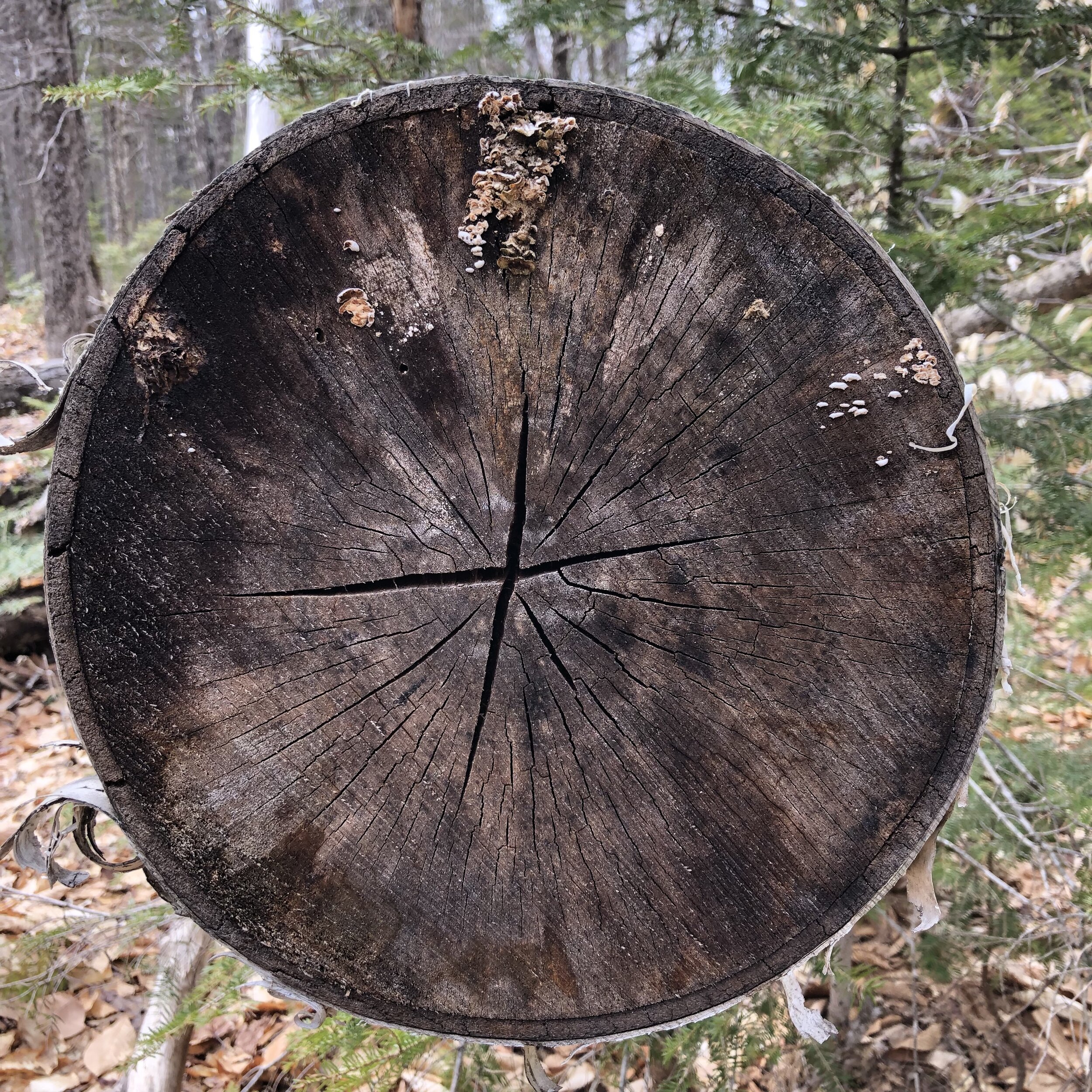Understory | The Process
The first season of Understory involves forty-two artists.
Each artist is part of a trio.
Each trio creates three pieces over the course of four weeks using an adaptation of the Surrealist “Exquisite Corpse” formula.
“Exquisite Corpse” is a collaborative game in which artists assemble words, images, or—in our adaptation—sound, visuals, poetry.
In the game, each artist works separately from their collaborators.
(For example, one person might be in New Brunswick, one in Ontario and one in British Columbia!)
One artist creates a part.
That part is passed to the next player in the chain, who adds their overdub inspired by what has been created by the previous player. A synthesis of the two parts is passed to the third player who adds their contribution.
Ultimately, these three parts are mixed to create a whole piece.
This process occurs three times, with each player in the trio having the opportunity to be the first, second, and third person in the chain.
Each trio creates three pieces.
The delight comes with the unveiling of the completed piece!
(full disclosure: the artists do have the opportunity to hear the final mix of their parts - and to collaborate with the audio and video engineers)
The process in this game allows us to delve into the fun and the challenges of what a collaboration entails.
When does one take up, hold, or make space?
How do we explore the negotiations and conflicts of
leadership, voices, production, creative approaches, taste, logistics and resources?
What needs to be questioned, challenged, dismantled or nourished in building a self-determined community?
In real-time improvisation, the experience is ephemeral.
Ideally, we receive each moment as it unfolds with openness.
How do we bring the same generosity to the Understory process?
In multi-authorship, each person’s contribution becomes part of an artifact.
How do we bring empathy as individual contributors in negotiation with our co-authors?
How do we want to be represented as a collective?
How do we listen?
We hope that as these questions arise,
finding answers to them becomes part of the wonder of Understory.



